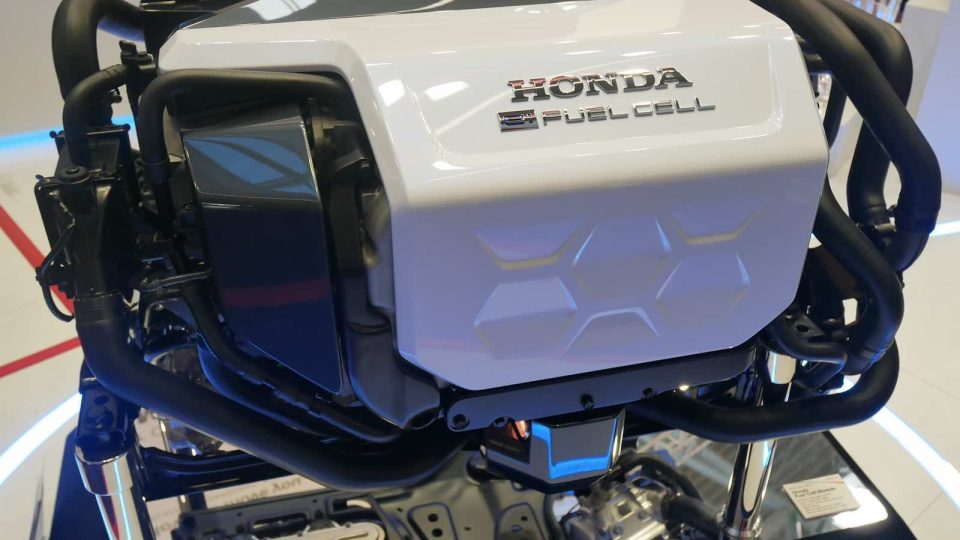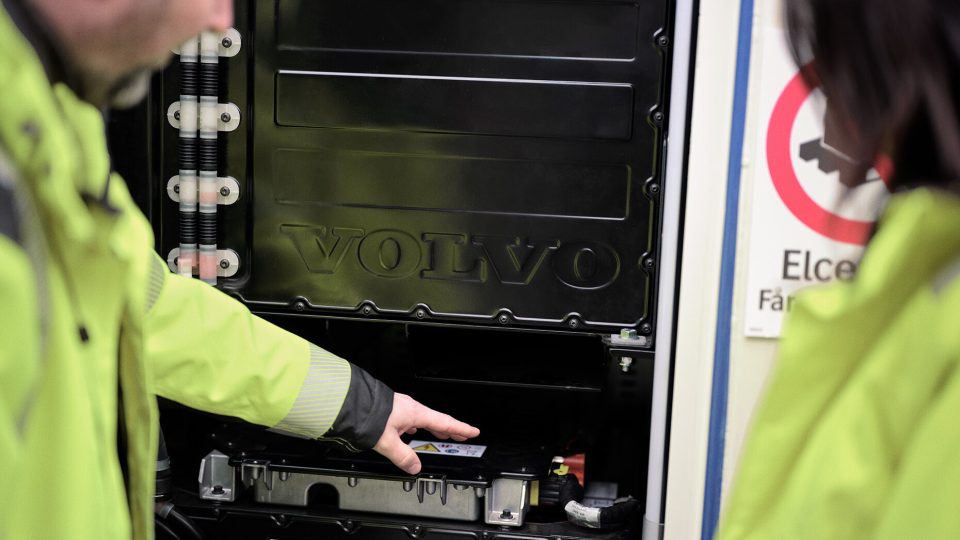Jcb wheel loaders hit half a century
Jcb celebrates 50 years of wheel loaders in 2019, facing new production records. Over the course of these five decades, the company’s wheeled loading shovel range has expanded to global levels. Jcb is now a widely known brand in the sector and has, therefore, certainly the right to celebrate. Jcb and wheel loaders celebrate 50 […]
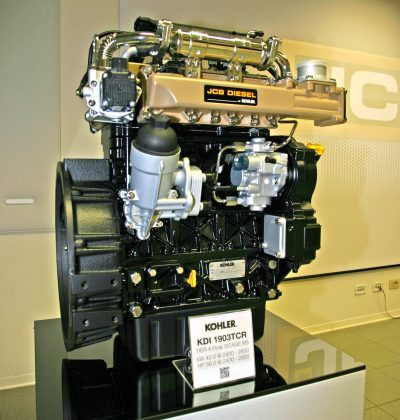
Jcb celebrates 50 years of wheel loaders in 2019, facing new production records. Over the course of these five decades, the company’s wheeled loading shovel range has expanded to global levels. Jcb is now a widely known brand in the sector and has, therefore, certainly the right to celebrate.
Jcb and wheel loaders celebrate 50 years with Kohler…
Under the name of “Jcb by Kohler” also the engines of the US manufacturer are taking part in the celebrations. In particular, Kohler engines serve compact tracked loaders, wheel loaders, the 525-60 compact handler, the 516-40 compact telescopic handler and the Teletruk. We are talking in particular about the 1.9-liter three-cylinder engine for the 1903M and 1903 Tcr models. Able to generate outputs of 31 kW and 133 Nm and 42 kW with 225 Nm. For 2504M and 2504 Tcr there are 2.5 liter engines, with outputs of 36.4 kW and 170 Nm of torque and 55.4 kW for the top of the range with a torque of 300 Nm. All, obviously, coming from the Kdi family.

… Dieselmax and Ecomax
Two names that have never abandoned the internal engine development of Jcb. In particular we can recall the words of Alan Tolley, Group Director of Engines of Jcb, spoken in conclusion of the 2018 on the internal development for Stage V. «The Jcb 430 Dieselmax engine with 3 liters and 55 kW, equipped with the new technology of integrated Jcb particulate control, will be used in many mid-range machines (the after-treatment package includes Doc and Dpf). This new engine with high efficiency and high torque will offer our customers advantages in terms of cost of ownership, lower fuel consumption, extended service intervals and automatic shutdown technologies».
While regarding the Ecomax he added: «The JCB 448 engines of 81-129 kW, equipped with the new combined control of particulate matter and Jcb NOx reduction technology, will be used in Jcb excavators and loaders, as well as in the backhoe loaders, telehandlers and other machines in our range».
It all started back in 1969
The British manufacturer entered the wheel loader market with the acquisition of the British company Chaseside Engineering and its range of seven rigid-axle machines. During the first year of activity, the new-born wheel loader division built only 298 machines, mainly to meet the demand of domestic customers. Today, after 50 years of activity, Jcb produces thousands of wheel loaders through production lines located all over the world, between the United Kingdom, India, Brazil and China.
The first machines designed by Jcb were introduced in 1971 with the launch of models 413 and 418 to replace the former Chaseside models.
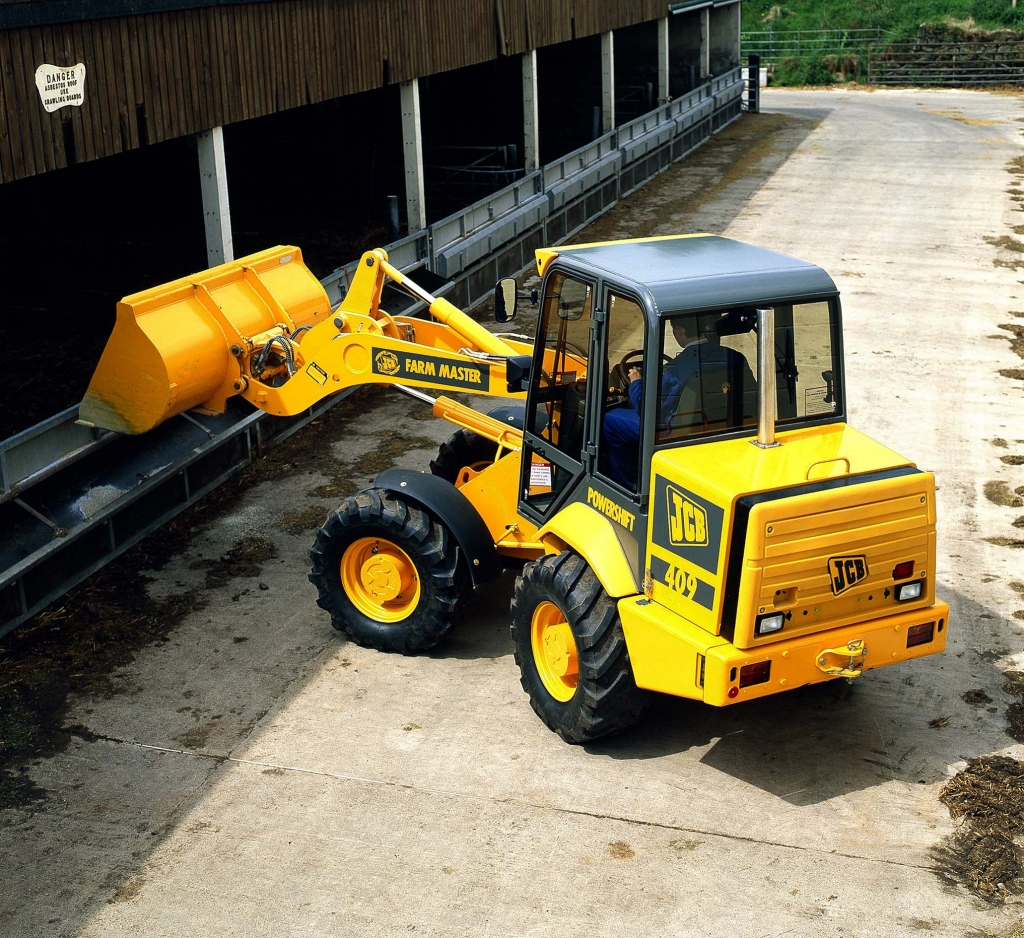
50 years of Jcb wheel loaders, between innovation and specialization
Let’s briefly review the history of the past 50 years in terms of models created by the British manufacturer. In the beginning there was a track loader, the 110, the first of its kind to have a hydrostatic transmission and dual controls. Then came the 423 and 428 models, which marked Jcb’s entry into the heavy wheel loader segment. Followed by the introduction of the 428 compactor.
In 1983 the first Farm Master 410 model was introduced in favor of the agricultural sector. Followed by the introduction of the 410, 420 and 430 models, which brought a further innovation with the parallel lifting mechanism. Another sector with which Jcb has a historically positive relationship is the military one, consolidated by the introduction of the 410M-1B wheel loader in 1984.
Jcb then entered the compact machine segment in 1987. The 406 was the first compact loader and the first to have the cab mounted on the rear section of the articulated chassis. This model was soon followed by the 408 in 1989 and the 408 Farm Master in 1990. In 1994 Jcb started to produce models for the heavy segment, introducing 411, 412S and 416. Shortly thereafter we saw the arrival of the 414S, the 426, the 436ZX and the first wheel loader with telescopic arm, the 409TM.
JCB AND ELECTRIC SCISSOR PLATFORMS
Jcb Earthmovers
1999 was a year full of news for the company with the transfer of the new headquarters in Cheadle, in Staffordshire. The name of the new structure was Jcb Earthmovers, a project that was fundamental for expanding the range and growing sales. At the beginning of the 2000s the company’s range of wheel loaders and telescopic loaders was well known, also thanks to the launch of the new 407, 408 and 409 hydrostatic loaders, the TM300 Telemaster and the 456HT loader.
The Dieselmax range of engines, mounted on numerous models of blades, has allowed the Dieselmax Streamliner to win the world speed record for diesel vehicles in 2006. Thus identifying Jcb as a manufacturer of cutting-edge engines at the time.
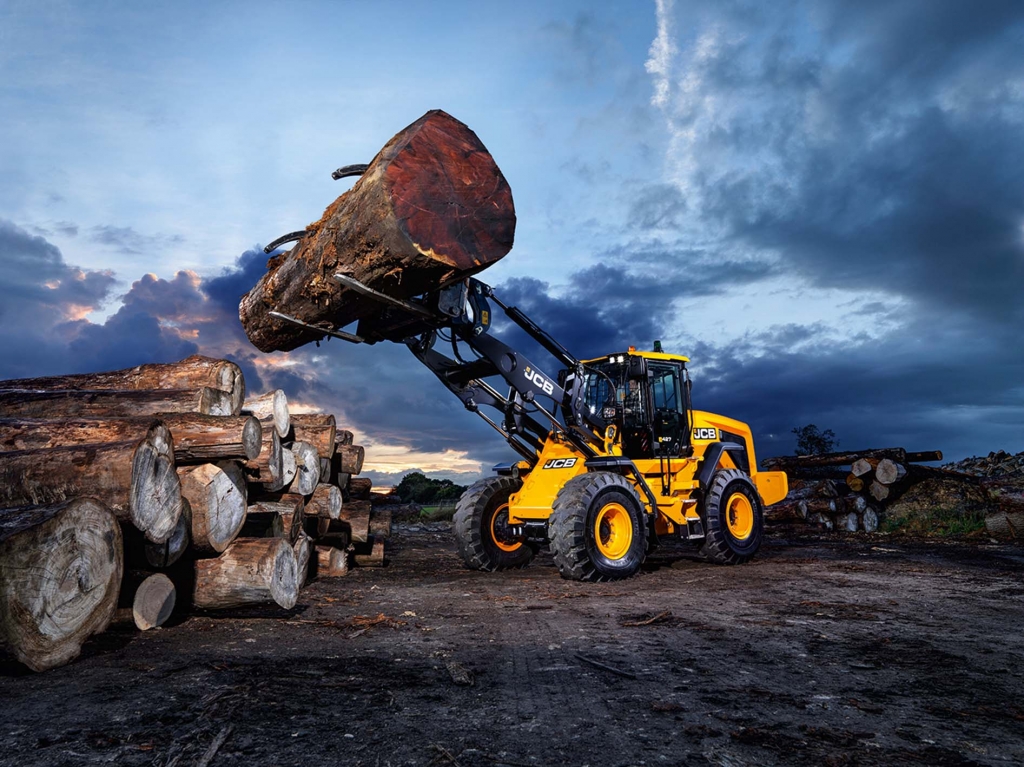
Moving on to the most recent history…
In the last decade the range of Jcb wheel loaders has grown further. Both in the heavy and in the compact segment. The top-of-the-line model, the Jcb 467, was launched in 2012, while the smaller model, the 403, was introduced in 2017. The company also expanded its global presence with the launch of production plants in India in 2012. Jcb then started the production of the 426 loader in Brazil in 2014 and in 2017 it began to produce its own wheel loaders also in China.




